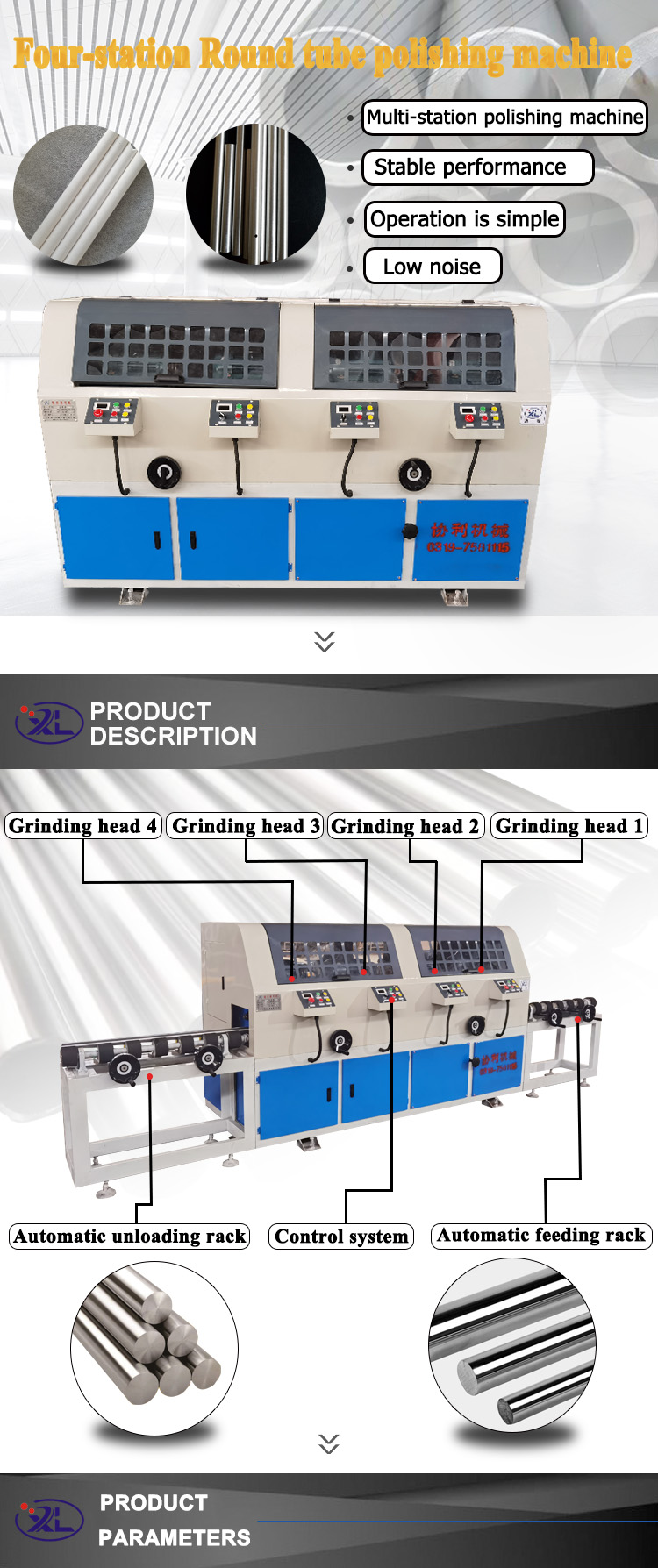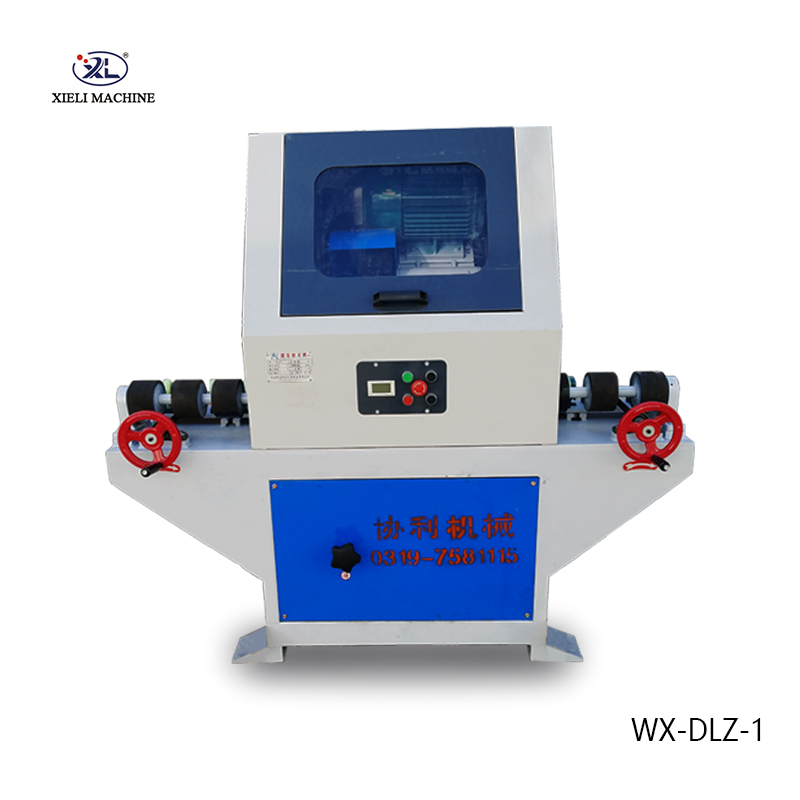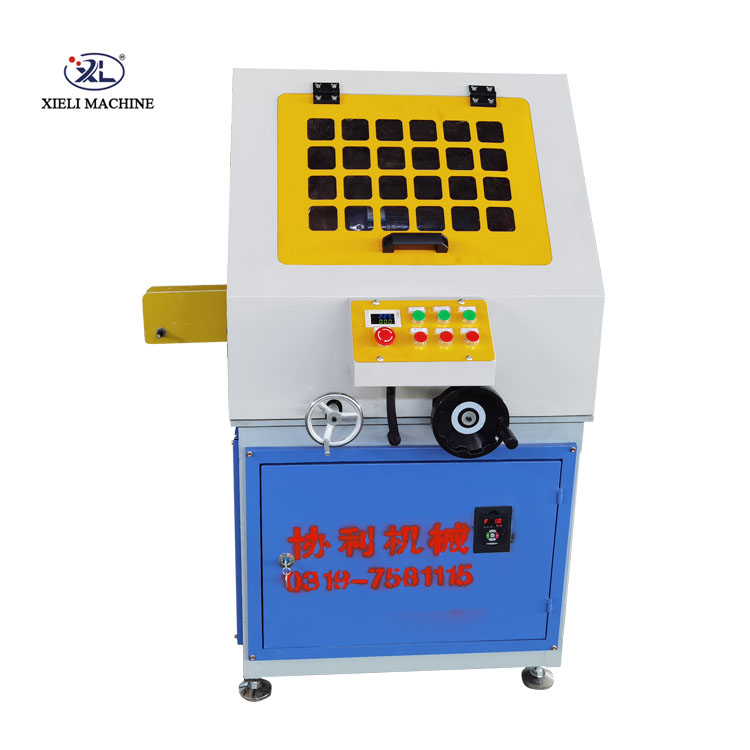Centerless Grinder Tooling A Comprehensive Overview
Centerless grinding is a precision machining process that has become an essential technique in modern manufacturing. This method allows for the efficient and accurate shaping of materials, particularly cylindrical parts, without the need for a physical center. At the heart of this process lies centerless grinder tooling, which plays a critical role in the functionality and effectiveness of centerless grinders.
What is Centerless Grinding?
Centerless grinding is a process that enables the grinding of round workpieces that are fed through the machine in a continuous flow. This method is favored for its ability to produce parts with tight tolerances and excellent surface finishes. Unlike traditional grinding, where workpieces are mounted and supported at their centers, centerless grinding uses a three-point support system the regulating wheel, the grinding wheel, and the work support blade. This unique setup allows for higher production rates and the ability to handle multiple parts simultaneously.
Components of Centerless Grinder Tooling
The tooling for centerless grinders includes several components that work in unison to achieve optimal results
1. Grinding Wheel The grinding wheel is the primary tool in the centerless grinding process. It is responsible for removing material from the workpiece and can be made from various materials, including aluminum oxide, silicon carbide, or diamond, depending on the application. The choice of grinding wheel affects the performance, finish, and wear rate of the tooling.
2. Regulating Wheel This component controls the feed rate of the workpiece and maintains its rotation during the grinding process. The regulating wheel's surface must be carefully selected to ensure proper grip on the workpiece while minimizing any adverse effects on the grinding operation.
centerless grinder tooling product

3. Work Support Blade The work support blade is essential for providing stability to the workpiece during grinding. It helps to keep the part in alignment and supports it against the grinding and regulating wheels. Proper positioning of the blade is crucial for maintaining the accuracy of the grinding process.
4. Mounting Fixtures Properly designed mounting fixtures hold the grinding and regulating wheels in place. These fixtures must allow for easy adjustments and alignment, ensuring that the grinder maintains optimal performance.
5. Dressers To maintain the efficiency of the grinding wheels, regular dressing is required. Dresser tools are used to shape and sharpen the grinding wheels, removing any debris or worn material that could hinder performance.
Advantages of Centerless Grinder Tooling
The advantages of using centerless grinder tooling are manifold
- High Throughput Centerless grinding allows for continuous feeding of parts, significantly increasing production rates compared to traditional methods. - Consistency The ability to maintain precise tolerances and surface finishes results in high-quality output, making it ideal for mass production. - Reduced Operating Costs By eliminating the need for complex fixtures and setups, centerless grinding can lower labor and material costs. - Versatility Centerless grinding is suitable for a wide range of materials and sizes, making it a go-to solution for various applications, including automotive, aerospace, and medical industries.
Conclusion
Centerless grinder tooling is pivotal in enhancing the efficiency and precision of the centerless grinding process. Understanding the components and their roles is essential for optimizing the performance of centerless grinders. With advancements in technology and materials, the capabilities of centerless grinder tooling continue to evolve, driving innovation in manufacturing processes. As industries demand higher production rates and better quality, the relevance of centerless grinding and its tooling will undoubtedly grow, maintaining its critical position in modern manufacturing.





